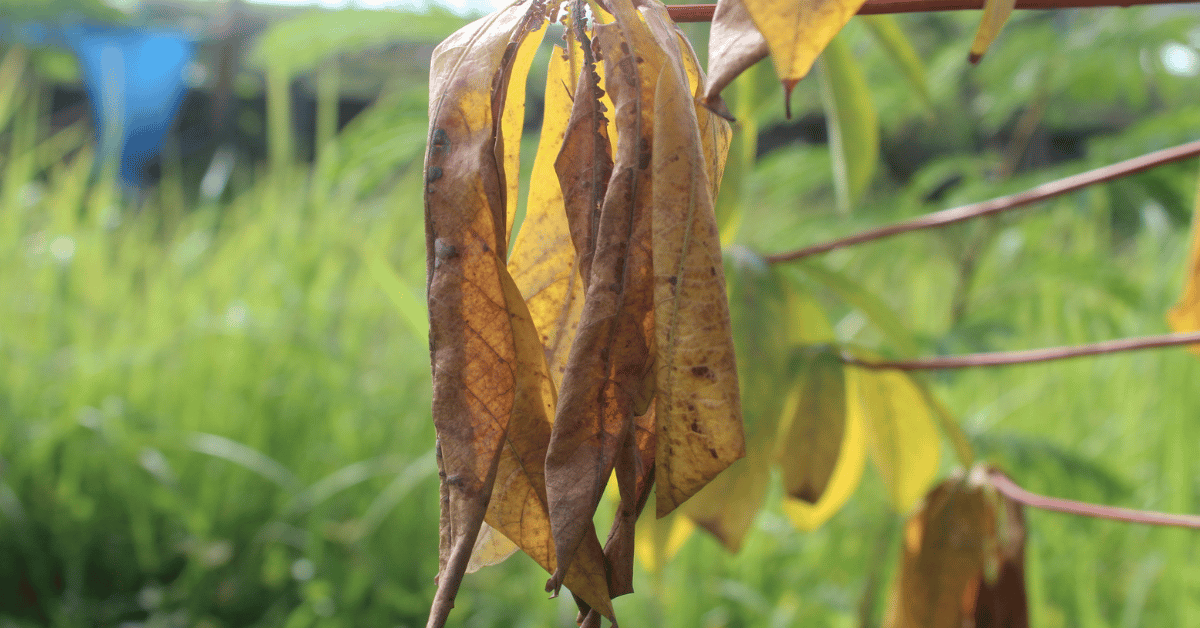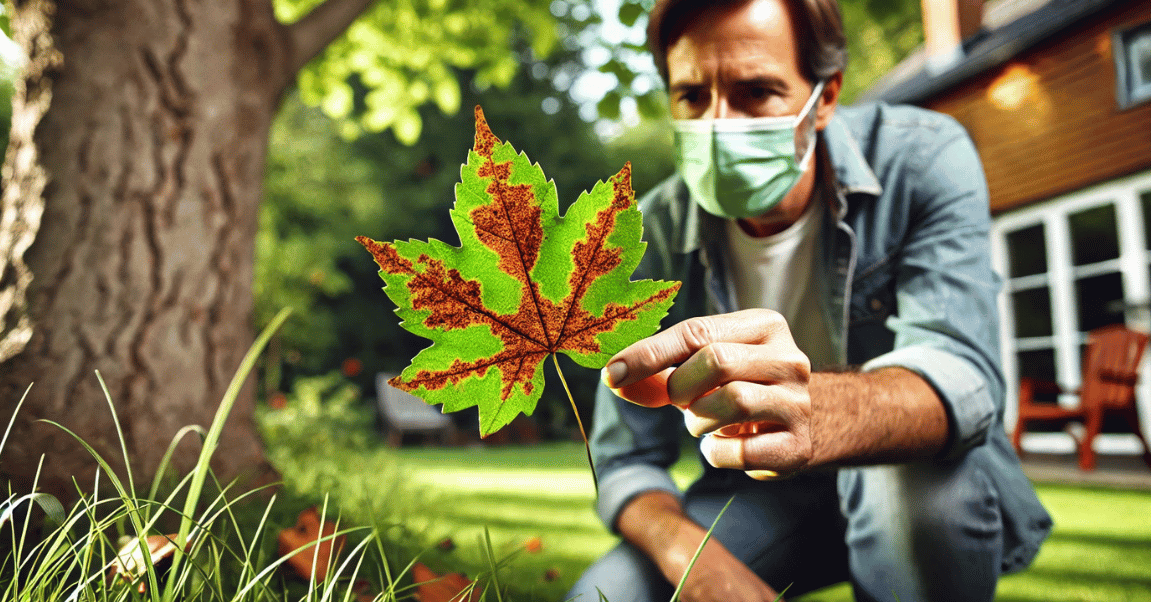Trees are not just part of our landscape; they are living organisms that require care and attention to thrive. While pruning is a common method for tree maintenance, there are situations where more is needed to keep your trees healthy and safe. Tree growth regulators (TGRs) can be a valuable tool in such cases. In this article, we will explore what tree growth regulators are, how they work, and their safety. We will also discuss scenarios where TGRs are beneficial and how Strobert Tree Services can help you manage your trees effectively.
What is a Tree Growth Regulator?
A Tree Growth Regulator, often called TGR, is a chemical substance designed to slow down or regulate the growth of trees and shrubs. These regulators are formulated to affect certain plant hormones responsible for growth, primarily gibberellins. By interfering with the production and distribution of gibberellins, TGRs can effectively control the elongation of stems and branches.
How Does a Tree Growth Regulator Work?
The mechanism of action of a Tree Growth Regulator involves several key processes:
Gibberellin Inhibition:
TGRs contain active ingredients that inhibit the synthesis of gibberellins, which are plant hormones responsible for cell elongation. TGRs slow down the growth of branches and shoots by limiting gibberellin production.
Apical Dominance:
Trees naturally allocate more energy and resources to the uppermost buds or the terminal leader. TGRs can disrupt this apical dominance by redistributing resources to lower branches, resulting in a more balanced and compact growth pattern.
Denser Foliage:
TGRs can promote denser foliage by encouraging lateral bud development. This can enhance the tree's aesthetic appeal and improve its ability to photosynthesize effectively.
Is a Tree Growth Regulator Safe?
The safety of Tree Growth Regulators has been extensively studied, and when used correctly by trained professionals, they are considered safe for trees, humans, and the environment. Here are some key points to consider:
Professional Application:
TGRs should only be applied by certified arborists or licensed applicators who are trained to assess the specific needs of each tree or shrub. Proper application ensures that the correct dosage is used and minimizes the risk of any adverse effects.
Environmental Impact:
TGRs are formulated to have a low environmental impact. They are designed to be absorbed by the tree without leaching into the surrounding soil or groundwater. This makes them a responsible choice for managing tree growth.
Tree Health:
When used appropriately, TGRs can improve the health of trees. By reducing excessive growth, they help trees allocate energy more efficiently, which can enhance overall vitality.
Sometimes Pruning is Not Enough
Pruning is a common tree maintenance practice, but more may be needed to address specific tree-related issues. Here are some scenarios where TGRs can provide practical solutions:
Managing Fast-Growing Trees:
Some tree species are known for their rapid growth, which can lead to issues like overcrowding, shading, and interference with structures. TGRs can slow down this growth, reducing maintenance needs and preserving the aesthetic value of your landscape.
Maintaining Root-Crown Ratios:
Healthy trees require a balanced ratio between their root system and crown (the above-ground portion of the tree). TGRs can help maintain this balance, preventing root girdling and instability.
Windstorm Safety:
In areas prone to windstorms, tall trees can become hazardous. TGRs can help reduce the risk of trees toppling over by controlling their height and improving their structural stability.
Tree Growth Regulators Offer Management Solutions
Tree growth regulators offer management solutions to many tree and shrub issues in various settings, including:
- Home Landscapes: TGRs can help homeowners maintain the beauty and safety of their properties by managing tree growth and health.
- Golf Courses: Golf course managers use TGRs to keep fairways and greens clear of overgrown trees, ensuring an enjoyable and safe golfing experience.
- HOA Common Areas: Homeowners' associations often utilize TGRs to maintain the aesthetics and safety of shared spaces within their communities.
- Commercial Properties: Businesses can benefit from TGRs by keeping their landscapes well-manicured and reducing the risk of tree-related accidents.
- Municipal Properties: Cities and municipalities use TGRs to manage the trees in public parks, along streets, and in other communal spaces.
Contact Strobert Tree Services
If you're considering using tree growth regulators to manage your trees, consulting with professionals with the expertise and experience to apply these products effectively and safely is essential. The arborists at Strobert Tree Services can assess your specific needs and determine if TGRs are appropriate for your trees.
Whether you want to control the growth of fast-growing trees, maintain proper root-crown ratios, or enhance the safety of your landscape, Strobert Tree Services has the knowledge and tools to help you achieve your goals.
Tree growth regulators are valuable tools for tree management in various environments. When used responsibly and by trained professionals, they can promote healthier, safer, and more aesthetically pleasing trees. If you want to explore how TGRs can benefit your trees, don't hesitate to contact Strobert Tree Services for expert guidance and assistance. Your trees and your property will thank you for it.











